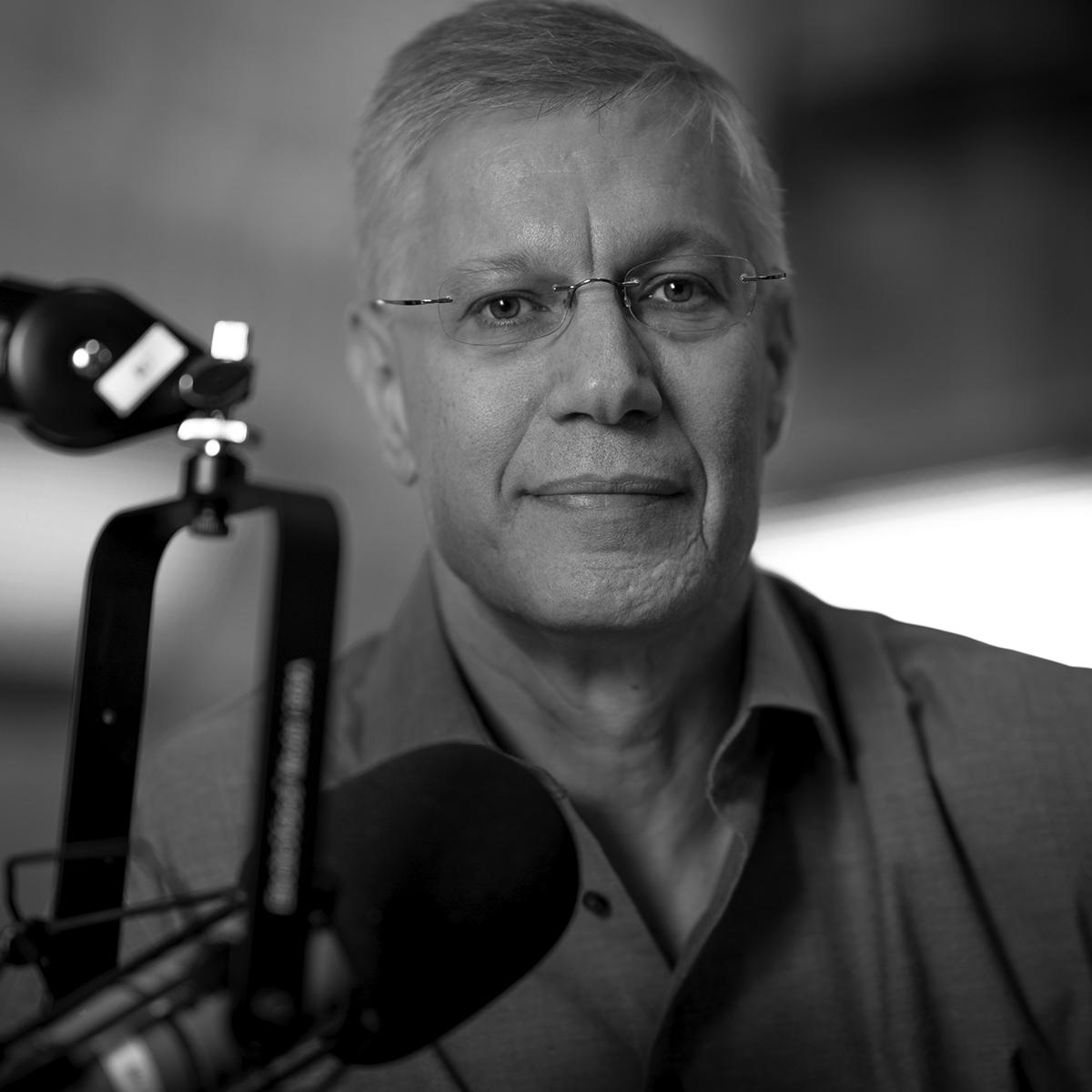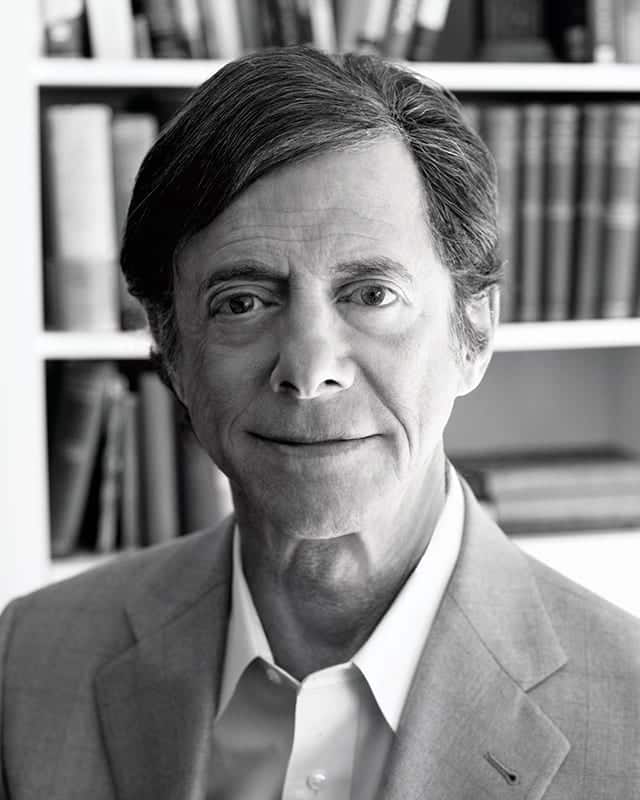What Explains GM’s Problems With The UAW?
Long before General Motors neared collapse, it was a proud and flourishing symbol of American manufacturing. In the 1950s, GM was the first company to ever make $1 billion in a single year, and it had 50% of the domestic automobile market. GM executives used to proudly quip, “we’re still losing 5 out of every 10 sales!” What happened to this great company?
Many factors are acknowledged as contributing to GM’s decline: it juggled too many brands, over-extended its dealer network, failed to respond rapidly to market cues, and struggled to work with its union, the United Auto Workers.
But the extent of its problems with the UAW is astonishing — and the problems themselves warrant explanation. Consider some of the onerous arrangements that GM’s management agreed to.
Labor costs for a typical UAW worker at a GM plant were by some estimates $73 per hour — compared to the $44 per hour for workers at non-unionized Toyota and Honda plants in the U.S.
Or take the infamous “jobs bank”: surplus workers, rather than getting laid off, would receive 95% of their full salaries plus benefits while the company waited to reassign them. But instead of being temporarily idle, thousands of “bankers” would be there for months, if not years, while they watched movies, solved crosswords, and just passed the time. Some senior employees would even pull strings to get “laid off” so they could finish their remaining few years “working” in the bank before retiring with full benefits.
There was also the so-called “thirty and out” rule allowing union workers to retire with full pensions and health care benefits after thirty years of work. A worker might be able to retire in his early 50s and collect an annual pension of $37,500, paid wholly by GM. By 2008 there were 4.6 retired GM employees for each active worker. Did anyone think this was sustainable?
Union work rules made it cumbersome to complete simple and vital tasks in a timely manner. For example, Rand Simberg — a former GM employee who is now at the Competitive Enterprise Institute — explained that, while overseeing the flow of components at a GM factory, he was not permitted to flip a circuit breaker if it tripped in one of the assembly robots. Instead, he had to wait for an authorized electrician to flip the switch. Of course, assembly lines could shut down while waiting for the electrician to arrive, costing the plant thousands of dollars per minute.
Why did GM bear these burdens? Some find it plausible to attribute such problems to inept management. After all, Steve Rattner — President Obama’s auto czar — did call GM’s management “stunningly poor.” But we cannot evaluate GM’s decisions without recognizing a wider context: the coercive nature of labor laws.
If labor relationships were completely voluntary, executives would be free to refuse any union demand that they considered unreasonable, and to even expunge persistently troublesome unions from their facilities. However, businessmen lack this freedom today. Labor laws such as the Wagner Act of 1935 prohibit businessmen from discouraging workers from unionizing, force them to recognize a union if it gets enough votes, and force the company to bargain with its union.
In practice, this pushes business and labor into a forced marriage of sorts. Unions like the UAW can get away with making demands that are hard to imagine employers entertaining, if they were free to say no without legal repercussions. Forced between a rock and a hard place, employers like GM must either cave in to some of the demands or risk facing costly and time-consuming litigation over whether they were negotiating “in good faith.”
Even former UAW president Leonard Woodcock confided to a friend: “Our members have the best contract that people with their skills and education could ever hope to get. But we have convinced them that with every new contract, they are entitled to more.” GM’s management and the UAW were locked into a legally mandated, coercive relationship. And the union knew it.
Whatever one concludes about GM’s history with the UAW, the company made many arrangements that a large employer would want to avoid — not have to keep for decades — if labor relations were fully voluntary.



![What Are The Search Results When You Google 'Antitrust'? [Investor's Business Daily]](https://ari.aynrand.org/wp-content/uploads/2019/08/google_antitrust_570.jpg)



![3 crucial lessons Ayn Rand can teach us today [FoxNews.com]](https://ari.aynrand.org/wp-content/uploads/2019/08/3_crucial_570.jpg)

